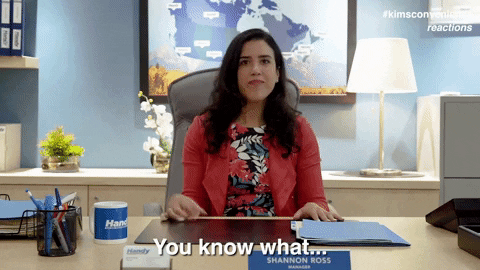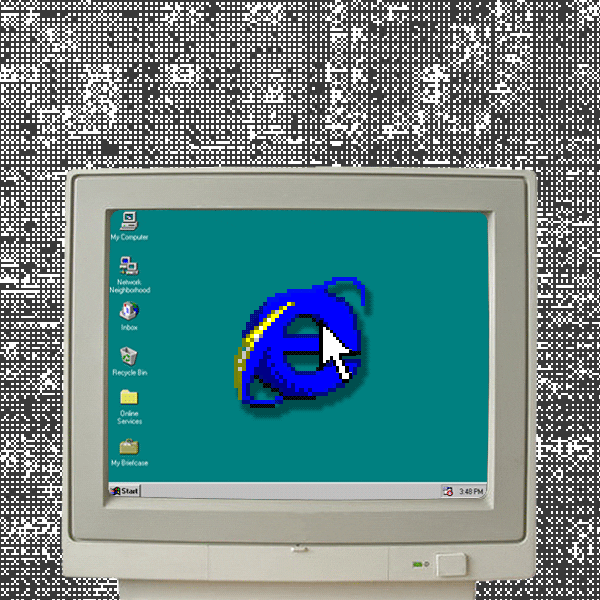#GoneViral: This is what auras look like from someone with projective synesthesia
My follow up to the now viral Synesthesia Series, has now gone viral too.
For reference, this is visually how you know you hit “Instagram Promoted Content ORGANICALLY!!”
The notifications are a sensory nightmare, but after two months (and five “spurts” of going viral), I’m getting stronger.
The series to date is somewhere around 4.3 million views on just Facebook and Instagram.
I took the feedback and created a follow up video (which is what organically went viral on Instagram):
This post is written from two perspectives … one is mine (as a projective synesthete) and the other is from a cat who works in a Drs. office (and thinks it knows everything).
What is projection synesthesia?
Cat who works in a Drs. office (and thinks it knows everything): Have you ever “tasted” words or “seen” music? If so, it’s possible that you have a fantastic sensory condition known as synesthesia. This phenomenon generally refers to individuals who perceive one sense along with another when they experience a stimulus. For example, some may hear music and see an orange-hued haze at the same time. Synesthesia benefits people by allowing them to view their reality and the world through a different lens, often accompanied by colors and shapes (such as during tests, meditation, when listening to a song or watching a video).
How do I experience projection synesthesia?
Jen (as a projective synesthete): I struggle a lot with how to describe synesthesia (specifically projection synesthesia). I have a lot of “versions” of it, and also experience “versions” of associative synesthesia (more on that in a sec). What I can say about synesthesia is that when I experience it, it is just “known.” I never doubt it, I just didn’t know it wasn’t normal … which is contradictory because I’ve always known I’m. Not. Normal.
I know that when I write – I hear music notes, and it’s like I’m composing a piece based on reliving the experience (this is why I start with “maestro” before each “big” post).
When I say I’m “reliving the experience” I mean that literally not hyperbolically. I experience time like it is a layered “thing” and I physically can put myself back in that “layered thing” aka space and look around and see what I saw again. I have a photographic memory, and I’ve only viewed it as a parlor trick to people, and never realized how minimizing and diminishing that was to myself.
Most things in life have “tones” to them (including colors and people). I view people as onions, and much like with time, I can adjust my own timing to their onion layer and “the layered thing” we all operate in.
I have EXCELLENT timing. Always have. And that excellent timing is how I successfully crashed the Grammy Awards and found the person I was there to crash in the EXACT spot I said I would ten minutes AFTER his arrival.
My life finally makes sense after now understanding what projective synesthesia is.
I don’t have a sixth sense, I have a sixtieth sense. It’s not “mystical,” it’s a hyper connectivity in my brain. If you’ve seen Poker Face on Peacock, Natasha Lyonne’s character IS. A. PROJECTIVE. SYNESTHETE.
It’s not like having a Game Genie or a cheat code to life, it’s more like having a faster processor, and faster pattern and “dot” recognition. I move quickly (when it’s required) and that has been very frustrating for me explaining how I am doing what I am doing along the way. I don’t always want to explain myself (and sometimes I physically can’t … I just “know”).
I am motivated by seeing what I can do next, and finding a purpose.
Next purpose: Changing how Synesthesia gets diagnosed.
How do different synesthesia types differ?
Cat who works in a Drs. office (and thinks it knows everything): Someone with synesthesia is known as a synesthete, and there are over 80 combinations of ways in which a synesthete’s senses may be linked. For instance, some synesthetes perceive words as a taste, while others may associate different personality traits with each of the 26 letters of the alphabet. Furthermore, while synesthesia is most commonly seen as a link between two senses, there are types of synesthesia in which three or more of the senses are involved. There has also been at least one case in which a synesthete displayed a connection among all five senses- images, memories, and thoughts, all filled with specific colors and even temperature.
Generally, syntesthetes can be divided into two primary categories. The first is projective synesthesia, where the secondary sensation – such as smelling apples when hearing a certain note on a guitar – is triggered by an initial stimulus and is just as real to the synesthete as the sound they hear. This type of synesthesia can cause them to perceive things differently due to how specific parts of the senses are affected.
Jen (as a projective synesthete): I know, as a projective synesthete, I have difficulty figuring out what is physically heard with synesthesia and what is physically heard from my environment.
It wasn’t until I was diagnosed that I started to ask my close friends and family if they too heard (for example) the sound of an illegal operation on a 1995 Packard Bell.
Of course, they didn’t, but to me it was real, and doesn’t seem to have a direct “link” to anything other than it’s just there.
Sometimes words will lead to taste, and with that I’m aware that (for example) I’m not eating a girl scout cookie thin mint, even though my mouth will generate the taste of a girl scout cookie thin mint.
Cat who works in a Drs. office (and thinks it knows everything): The second major group is associative synesthesia, where the connection between a stimulus and a perception isn’t direct. For instance, while they won’t necessarily smell apples when they hear guitar music, they will feel a strong association between the two. Some syntesthetes may describe their experience in both projective and associative terms, with the forms occurring simultaneously or independently.
It must be stressed that synesthesia isn’t a voluntary reaction – it is not something that is switched on and off at will. It is also not the same as simply swapping senses or one sense replacing another. Additionally, in cases involving projected colors, the two are seen separately and not confused with each other.
Whenever a person with synesthesia perceives a numeral, they can still identify the color it is presented in. However, in addition to this, they will experience an intense connection between the numeral and a particular hue or see the color projected around them – like a halo of light surrounding the digit.
It’s important to remember that synesthesia isn’t limited to the five senses. In certain cases, the affected person may experience a mental sensation such as emotions or personality traits connected to numbers or letters. One example is a numeral being seen as pessimistic or a letter being viewed as sassy.
Research has been conducted to look into any potential sex differences in synesthesia rates. While some studies suggest that females are more likely than males to have synesthesia, other surveys point to no difference. Even if female prevalence is higher, the degree of occurrence might be much lower than originally believed.
A number of studies have indicated that synesthesia may have genetic roots, as many as 40% of people with synesthesia have at least one other family member who also has it. There are exceptions to this, however, including forms of synesthesia that can be triggered by chemical stimulants or psychological trauma. For instance, Grapheme-color Synesthesia is associated with Post-Traumatic Stress Disorder (PTSD). See here and here.
Cat who works in a Drs. office (and thinks it knows everything) …. signing off.
Jen (as a projective synesthete): Thanks for your help writing this “Cat who works in a Drs. office (and thinks it knows everything).”
If you think you might have synesthesia, please reach out to me on the Gram.
I’d be happy to explain things to you, offer a virtual hug, or even just listen.
Synesthesia really is a gift once you know how to use it.













